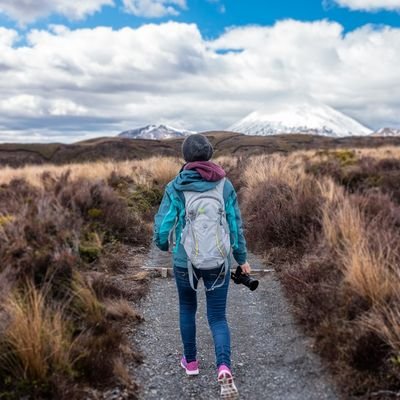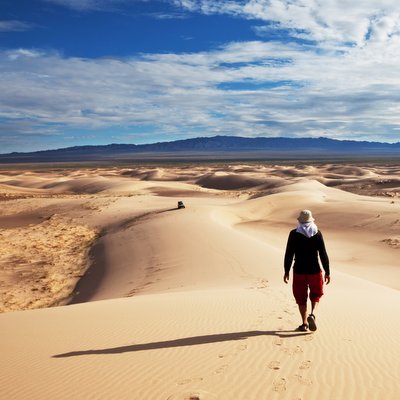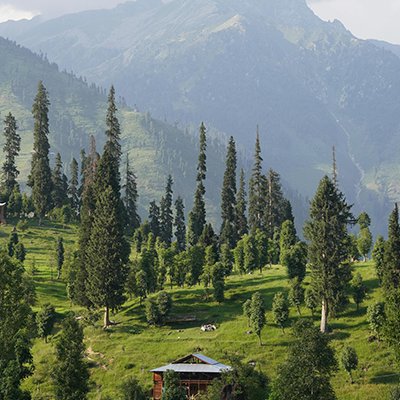Iceland, Barcelona, Venice and Santorini – what do they all have in common? Along with many other destinations around the globe, these popular locations are struggling to cope with too many tourists.
Over-tourism, when destinations experience more visitors than they can comfortably cope with, is becoming more an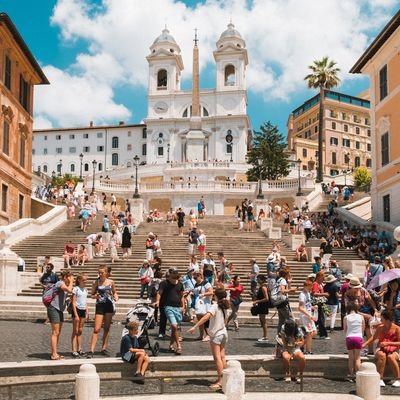 d more frequent all around the world. The cost of travel has lowered, and exploring the globe is becoming easier. Many people just travel to the most obvious, most publicised destinations, meaning that popular places such as Barcelona and Venice are becoming oversaturated with tourists. Most travellers don’t think to step off the beaten path and explore elsewhere. In Spain, for example, one third of all visitors to the country are visiting Barcelona.
d more frequent all around the world. The cost of travel has lowered, and exploring the globe is becoming easier. Many people just travel to the most obvious, most publicised destinations, meaning that popular places such as Barcelona and Venice are becoming oversaturated with tourists. Most travellers don’t think to step off the beaten path and explore elsewhere. In Spain, for example, one third of all visitors to the country are visiting Barcelona.
Locals spot over-tourism first, as they are priced out of neighbourhoods as hotels and holiday rentals take over. They struggle to get to work due to the increased traffic on the roads or overcrowding on public transport. The local environment suffers as fragile ecosystems and indigenous animals are disturbed. Eventually, it gets so bad that even the tourists start to complain about how busy everywhere is.
The dangers of over-tourism are plentiful. There are literally too many people cramming into one space, making living there or even visiting an unpleasant experience. Natural landscapes and ancient monuments are at risk as an overwhelming swarm of tourists unintentionally causes damage. People drop litter, walk on sensitive ground and think nothing of picking up items such as plants, stones or shells to take home with them. Wh en this is done on a large scale, the natural landscape struggles to cope.
en this is done on a large scale, the natural landscape struggles to cope.
It isn’t just the landscape that suffers, unfortunately. In cities suffering from over-tourism, local people are priced out of neighbourhoods they have lived in their entire lives due to increased rent or house prices as areas become gentrified and hotels and holiday rentals take over. Holiday apartment hosts now have to apply for permits in many large cities and will be denied applications for already saturated neighbourhoods.
There are also the usual problems of tourists not respecting that they are visiting cities or regions where people actually live. Not all tourists are inconsiderate, but when there is over-tourism there is more potential for visitors being loud, drunk and rude, disrupting the lives of local people.
So, what can be done? We want to be able to travel and to see the world without contributing to this problem. Luckily, there are a variety of ways that we can adapt our travels to try to help.
Travel to different places
Get off the beaten track and explore paths less trodden. Don’t just visit the obvious capital cities and latest must-visit destinations; think for yourself and discover the places that truly intrigue you. If you really want to visit a city like Barcelona or Venice that is suffering from over-tourism, choose a quieter neighbourhood to stay in or consider staying outside of the city and visiting on a day trip.
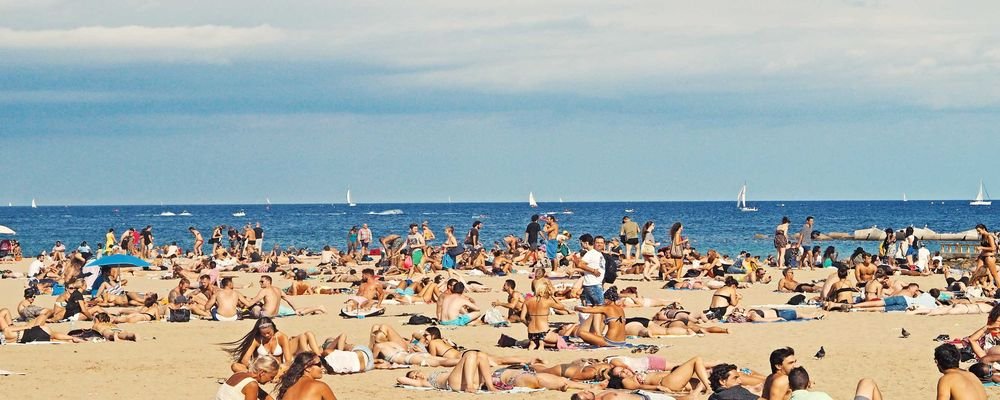
Travel during shoulder season
There’s no real reason why you need to visit a destination during its most popular season. Even if you’re seeking sun in Santorini, you could spend a week sunbathing and taking in the views in the shoulder seasons of May-June and September-October, avoiding the summer crowds and helping to keep the economy going during quieter periods.
Avoid cruise ships
Many destinations suffering from over-tourism (including both Venice and Santorini) have big problems with large cruise ships docking in their harbours. Every time a ship stops, hundreds of passengers disembark and take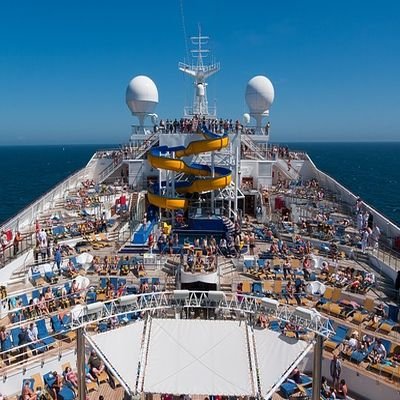 over the streets, museums and must-see attractions. They then retreat to the ships for their meals and drinks, barely contributing anything to the local economy. If you really want to go on a cruise, choose one that stops at less obvious destinations and ensure that you eat and drink in local restaurants rather than on the ship.
over the streets, museums and must-see attractions. They then retreat to the ships for their meals and drinks, barely contributing anything to the local economy. If you really want to go on a cruise, choose one that stops at less obvious destinations and ensure that you eat and drink in local restaurants rather than on the ship.
Spend your money locally
Contribute to the local economy, using your travels as a way of funding local guest houses, local restaurants, wildlife reserves, national parks and local tour guides. Avoid large chain hotels and restaurants that are there to take advantage of the over-tourism and instead choose to put your money back into the place that you are visiting.
Don’t think about social media
Social media has definitely fuelled over-tourism, and Instagram in particular is a big culprit in convincing people that they ‘need’ to visit a certain place to take a particular photo. Don’t get sucked in and travel somewhere just to take a photograph that countless other people have taken before. Forge your own path and take your own, unique photographs.
Emma Lavelle is a UK based writer and photographer and has her own blog Field and Nest.



